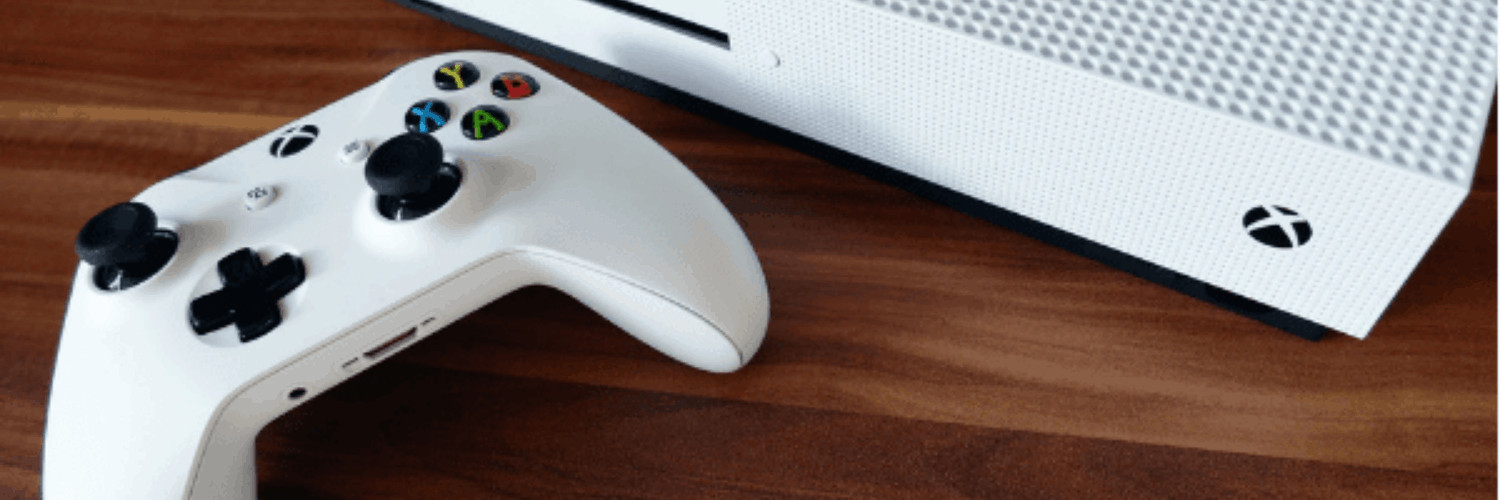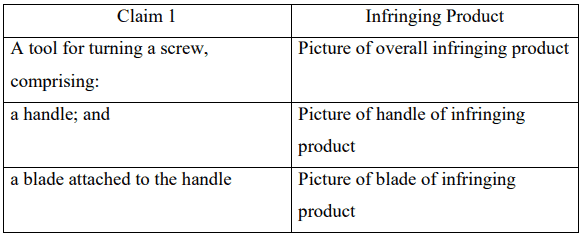Many businesses do not realize that once they have secured a patent, it is their responsibility to take legal actions to protect themselves against infringement on their patent, should they occur. Patent owners do not have complete patent protection against infringement simply because they own the patent.
Patent Infringement Basics
Simply owning a patent will not alert you of infringement on it. Therefore, it is up to the patent holder to bring a litigation case to the unauthorized party in federal district court. Furthermore, expert witnesses are often used to help prove guilt and patent litigation can be cost-prohibitive for many patent holders.
This action may result in monetary damages or an injunction against the infringement. Here’s the basics with examples, different types, penalties as well as how to spot other cases.
What is Patent Infringement?
When an unauthorized party sells, imports, uses or makes a product that someone else holds the patent on without permission, infringement of a patent has occurred. All patent information is publicly accessible and governed by federal law. If a patent holder detects infringement on their patent and wishes to sue, they must bring their case to the federal district court within six years from the date of infringement. A patent attorney can be helpful with your case.
Patents are invalid and unenforceable if (these are also the most common defense arguments):
- The patent holder does not have approval from the U.S. Patent and Trademark Office (USPTO)
- If the patent holder included fraudulent information in the USPTO application
- If the patent resulted from anticompetitive business activities
- If the alleged infringer can show that the patent did not meet the requirements of novelty and non obviousness required by the USPTO
Like other legal cases, the burden of proof is on the patent holder to show that the defendant made infringement actions. The plaintiff must prove infringement by a preponderance of the evidence.
Types of Infringement
There are four different types of patent infringement that may be taken by the unauthorized party:
- Direct Infringement: When a product covered by a patent is manufactured without the patent holders permission.
- Indirect Infringement: When an unauthorized party may encourage or aid another in infringing upon a patent.
- Contributory Infringement: When an unauthorized party supplies a direct infringer with a part that has no substantial non-infringing use.
- Literal Infringement: When there is a direct correspondence between the words in the patent claims and the infringing product or device or technology.
- Willful Infringement: When another person or company purposely uses the patent holder’s ideas or products. This can result in court awarded treble damages.
Note: The Doctrine of Equivalents is a legal rule that allows a court to hold a party liable for infringement even if the infringing device or invention or process does not fall within the literal scope of the patent claim, but is nevertheless equivalent.
Infringement Examples
Hundreds of thousands of patents are filed every year and Intellectual property lawsuits make up a significant portion of civil legal cases brought to court. Here are some historic patent infringement cases in technology, compiled by upcounsel.com.
- Amazon tried to patent its one-click payment option. However, the court decided it was too obvious an idea to patent.
- The file-sharing company Napster settled a lawsuit accusing it of unauthorized distribution of music. It later filed bankruptcy.
- Nintendo was forced to pay a large sum to Tomita Technologies International, Inc. for its 3DS gaming-system technology.
- Microsoft and Google dueled for five years over patent issues involving the Xbox gaming system and Motorola smartphones.
Patent Infringement Cases
Courts consider multiple aspects of a patent infringement case – here’s what they look for:
- The plain and ordinary meaning of the claim in view to the way the patent was used.
- The term’s meaning as based on the correspondence between the USPTO and the inventor.
The meaning of the term as it is found in other sources, such as expert witness testimony and scholarly journals.
Claim charts are frequently used to evaluate potential infringements. They can be used by both the patent owner as a representation of a patent and by the alleged infringer to show that their device or invention is different. Here is a patent infringement example laid out in claim chart format:
View our informative content on claim charts for more claim chart examples and the various applications of a claim chart. The claim chart puts the infringement in black and white terms, removing room for interpretation and providing a systematic format to understanding the patent claim. Claim charts must be descriptive yet concise – include all of the claim verbiage without creating long, convoluted paragraphs that defeat the purpose of the claim chart. Learn more about our Patent Litigation Support Services here.


